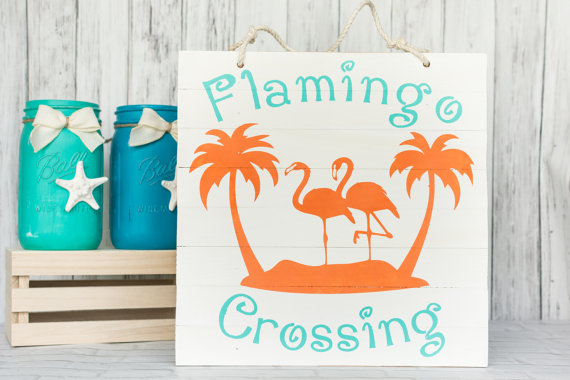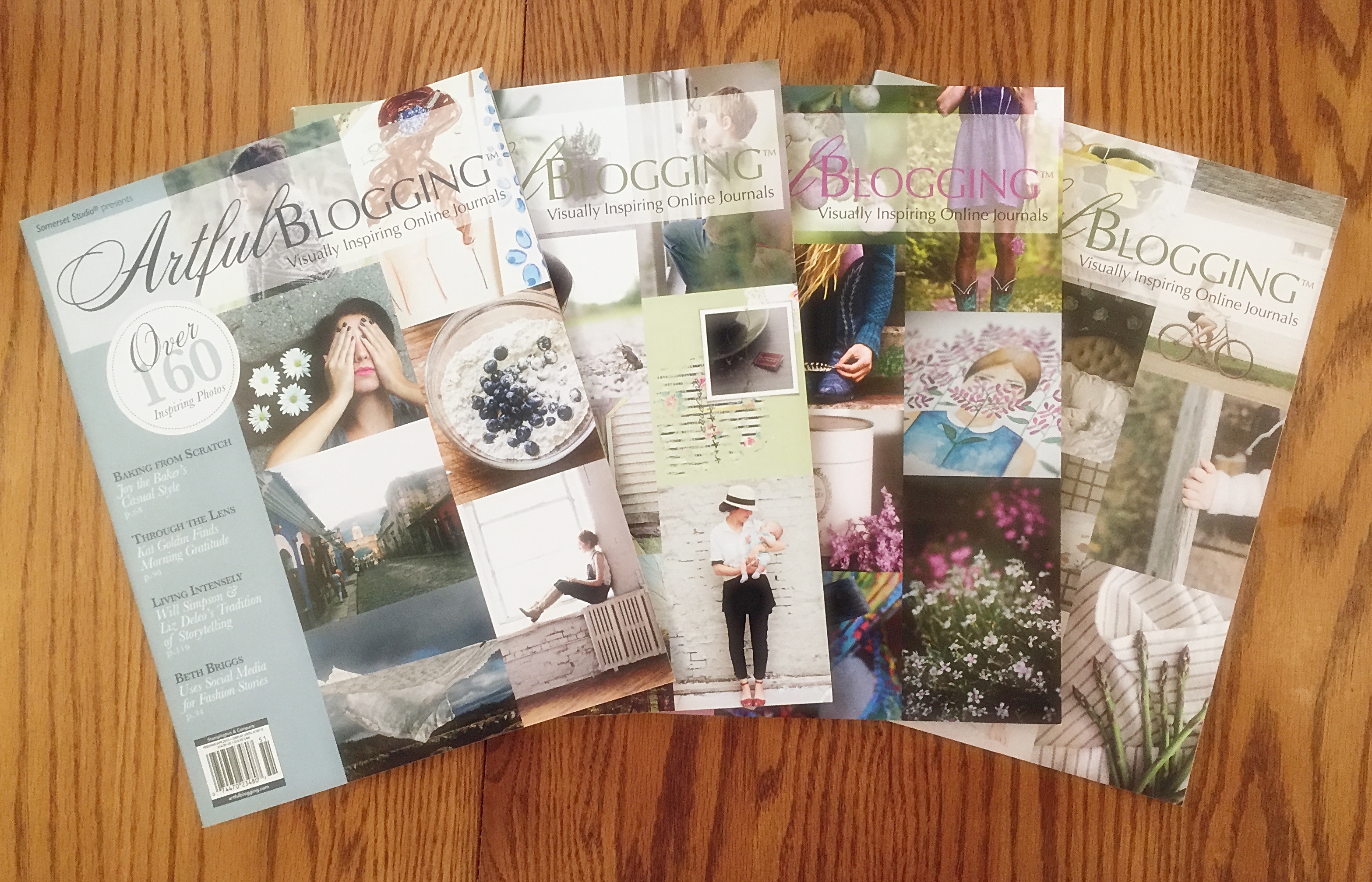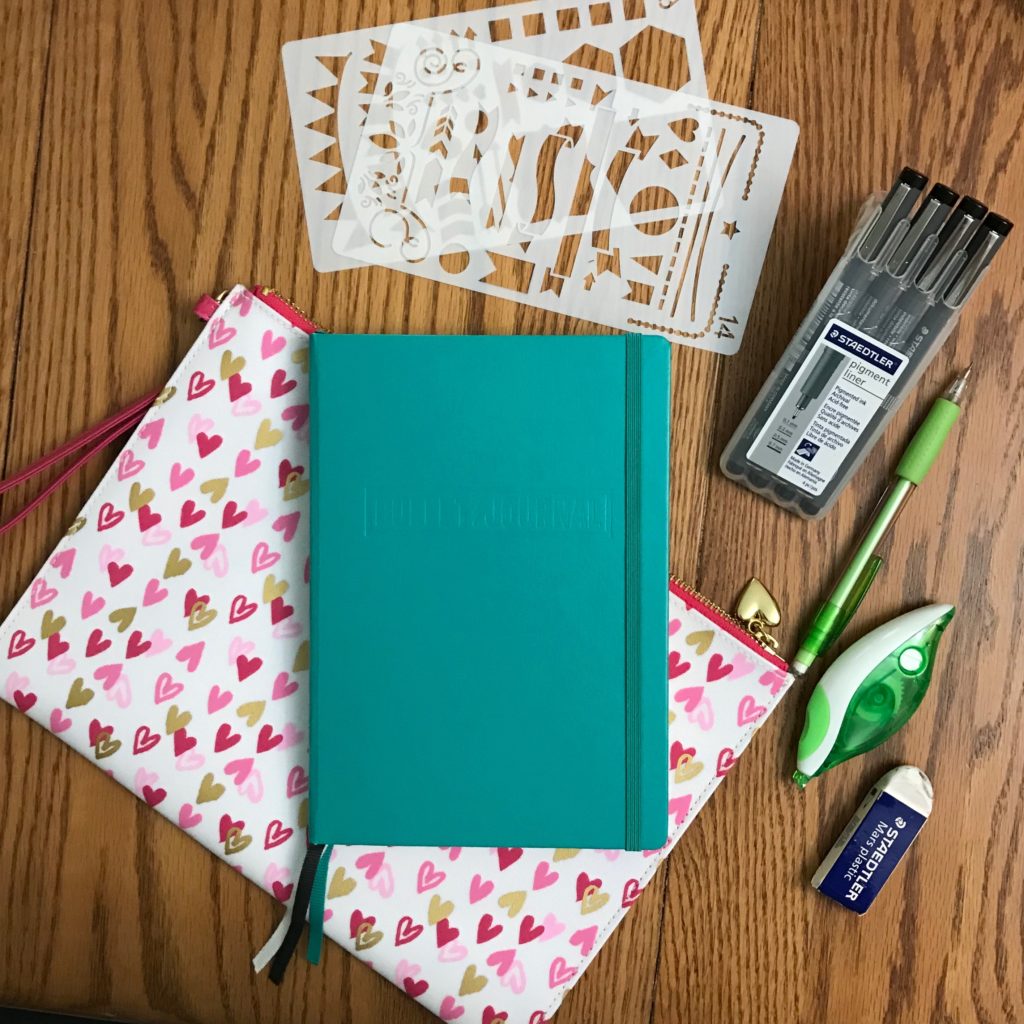I ran across a marvelous list earlier this week that arrived by email. The list, 107+ Blog Post Ideas for a Rocket Start, was assembled by Helen Nesterenko to jump start blog posts when you’re having a tough time coming up with something to write. It’s an excellent list, really, but it occurred to me that you could take one of these 107+ ideas on the same topic and give it to five writers, and come up with five entirely different blog posts. What’s the difference? I think it comes down to your writing voice. In the end, you can’t really get a post started unless you know where you’re going, and that direction accompanies a clear writing voice.

What in the world is a writing voice, you ask? It’s the way you tell a story, a story that only you can tell. You hear the story, and you know right away who is telling it. Paula Munier tells us in her book, Writing with Quiet Hands, that you can “Tell a story in your own strong and authentic voice, and you may win readers based on that voice alone.â€
One of my fellow Blogging Business Artisans friends, Rose Clearfield, recently started a lifestyle blog at Rose Clearfield after years of writing about her jewelry creations at Randomcreative Art. Although she is an experienced professional writer, she took time off from blogging to regroup and generate a new blog. The result is a blog where you’ll clearly recognize that Rose writes about what stirs her—her love of southwestern Wisconsin, photography, cats, family and friends, and—once in a while—the jewelry she makes. The earmark of a writer who has discovered her writing voice is that the content is unique and authentic; it reflects who that person really is.

Finding your writing voice is not something that happens instantly. Often a blog that starts out as one thing ends up as something entirely different when the writer finds his or her voice. In Rose’s instance, she decided that an entirely new blog was in order, but other bloggers might re-title their blogs and shift their focus. Their blog reflects the inner transition that is taking place inside the writer. Whether you re-title your blog or start a new one that more accurately reflects who you are, how do you find your writing voice?

Jeni Elliott of The Blog Maven suggests, in Finding Your Blogging Voice, that you take five minutes to identify your real reader by writing a description of that person, and that you address your blog posts to this individual. Although I suspect my blog appeals to a wider audience than the “real reader†for whom I write, she is a woman somewhere in her mid-40s or older who is married with adult children, who has worked a variety of jobs inside or outside the home, but now has set aside time to explore her creative interests. She likes to read and write, works with her hands, attends craft fairs—and loves the process of learning. She is me, in other words–although we don’t necessarily have to practice the same crafts.

Discovering your writing voice can sometimes be scary because you may feel you have to bare your innermost thoughts. To a certain extent, it’s true that you open up your private world, when you blog, to complete strangers. But keep in mind that not every blog is a lifestyle blog or personal narrative. There are marketing blogs that dispense advice, DIY blogs that provide tutorials, travel blogs that extol the pros and cons of various venues, interior design blogs that highlight decorating styles and/or design skills, political blogs that likely have agendas, and the list goes on. Not every blog reveals family secrets—nor should it, I might add. Courtney Carpenter, in Learn How to Recover Your Voice When Writing, says it may be necessary for you to get comfortable with private writing before you broadcast your words through a book, a magazine article, a blog, or some other public platform. What comes immediately to mind for me is the advice my writing instructors recommended: keep a private journal, and write every day to find your voice.

In a best-case scenario, the tone of the writing, the focus of blog posts, and the uniqueness of the content align with each other best when the writer has a strong self-vision. Another Blogging Business Artisans writer whose writing reflects a clear blogging voice is Natasha Nunez of The Artisan Life. Her lifestyle blog reflects her creative interests—photography, the products she develops for her Etsy shop, reading, healthy eating, essential oils, yoga and island life. Every post is a pleasure to read—whether you’re a yoga wanna-be or not, crafter, creative photographer, island trekker, or playful cook. Whatever Natasha writes, you feel she is speaking directly to you. You connect with her, even if her interests and yours are not exactly alike. The moment you create that feeling in your reader, the moment you cause your reader to feel a personal connection with your content, you have succeeded in making your writing voice be heard.

One of the ways we learn to write, and in the process develop our voice, is by reading widely good writing from others. Jeff Goin, in 10 Steps to Finding Your Writing Voice, recommends you jot down five books, articles or blogs you like to read, describe what they share in common, what makes them unique, and why you enjoy them. This may give you some insight into what your voice might or could be like, since we tend to admire that which reflects our ultimate goal.
If you’re not sure where to begin reading, I recommend you sign up for Bloglovin’, a free aggregate reader service that allows you to follow blogs, then emails you lists of posts to explore, such as the screenshot shown below. For added convenience, you can install a Bloglovin’ app on your smart phone or tablet. Click here to download either the Apple or Google app.

You can also discover excellent bloggers by reading the quarterly Somerset Studio magazine called Artful Blogging. This magazine is available in most local bookstores.

To develop your blogging voice, or to rediscover it, below are several tips that will set you on the right path:
- Identify the reader for whom you’re writing, and write the post as if you’re speaking directly to that person.
- Keep a private journal, and write daily.
- Read other blogs to experience the diversity of blogging voices on the Web.
- List five blogs, books or articles that you enjoy, and describe what they share in common, what makes them unique, and why you admire them.
- Every blog has its own tone, tied to its content. Make sure you match your diction, syntax and punctuation to that content. For example, if you have a personal blog, don’t write formally, as if you’re delivering an academic paper.
- Read your post out loud. Does it sound the way you speak?
Writer Cris Freese, in Voice in Writing: Developing a Unique Writing Voice, summarizes best, I think, what discovering your writing voice is all about: “To set your voice free, set your words free.†Let your personality shine through your words so that no one can mistake your writing for anyone else’s. It takes time to develop your writing voice, but when that moment arrives, your blog post will write itself.
© 2016 Judy Nolan. All rights reserved.




Great tips and thank you so much for including me in your post! You are too kind. I think my “writing style” mostly stems from my, essentially, inability to be that formal. =) Interestingly, I actually do read my posts aloud! It really helps me make sure everything “sounds” like I want it to before I hit publish.